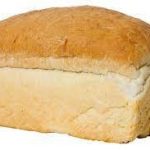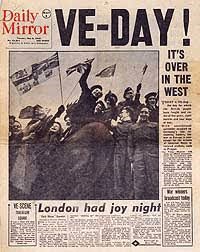The origins of the name Charsfield suggest open land by the river Char or Cear. Such open land was not necessarily ploughed and may have been in contrast with the surrounding woodland or higher ground.
The Saxons (who gave the name to the village) would have found a Romano-British settlement alongside the Potsford Brook, a tributary of the River Deben, and they probably began to convert rough pasture into arable. As the centuries passed, the higher land on the perimeter of the village was taken in, and Charsfield has been intensively cultivated and managed for over a thousand years.
It has a mixture of heavy clay, light loam and sand, and the 700 acres farmed at the Conquest [1066] have extended to about 1350 acres, taking in the wastes and warrens of the old estates.
Essentially, it has always been an “open” village, with yeoman farmers, many smallholders and a variety of craftsmen and tradesmen as well as larger landowners. The population, assessed roughly at 460 (90 families) in 1066, may have dropped to about half of that number by 1600 after two centuries of intermittent plague.
In 1801, at the first census, it was 411; it reached its peak in the years 1821 to 1841 at around 550, then declined to about 400 by the beginning of the 20th century and steadied at that level.
In the middle of the nineteenth century it not only had its farmers and agricultural labourers, millers, blacksmiths and wheelwrights, bricklayers and carpenters, but also coal carters, tailors, shoemakers, butchers, grocers, thatchers, rat-catcher, harness maker, publican, schoolmistress, dressmakers and one straw-hat manufacturer.
By 1981, the population was 360, including a number of resident “Incomers” but few holiday homes.
[From Charsfield (Deben Valley Place Names) Ed. Margaret Elliot 1987]
Articles and Links

